Sometimes, all you need is a little space to make room for a lot more in life.
Have you ever looked around your home and thought, “Where did all this stuff come from?” You’re not alone.
According to the Self-Storage Association, nearly 1 in 10 households in the U.S. rent a storage unit, and one of the most popular options is the 10x20 storage unit.
It’s spacious, affordable, and surprisingly versatile — but just how big is it, and what can it really hold?
Imagine a space about the size of a standard one-car garage; that’s roughly 200 square feet of floor space. However, with nearly 1,600 cubic feet of usable space, a well-packed 10x20 storage unit can store more than you might expect.
If you're wondering what fits in a 10x20 storage unit or if it’s even worth it, you’re in the right place. In this guide, let’s break down everything you need to know about a 10x20 storage unit.
Understanding the Size of a 10x20 Storage Unit
If you've never used self-storage before, a 10x20 storage unit might sound straightforward, but it can actually store quite a bit.
Exact Dimensions and Volume
A standard 10x20 storage unit is:
- 10 feet wide
- 20 feet deep
- Usually around 8 feet tall
This gives you a total of:
- 200 square feet of floor space
- 1,600 cubic feet of storage volume
That’s enough space to hold the contents of a multi-bedroom home, a full garage, or even a small moving truck.
What Does That Size Look Like in Real Life?
To help you visualize it, a 10x20 storage unit is similar in size to:
- A standard one-car garage
- A 26-foot moving truck (comparable storage capacity)
- A small studio apartment
- Half of a two-car garage
If you're storing boxes or bins, you could easily fit:
- Around 200–250 medium-sized boxes
- Large furniture like sofas, beds, dressers, and appliances stacked on top
- Seasonal gear like skis, holiday decorations, or camping supplies
Layouts May Vary Slightly
Not every 10x20 storage unit is built the same. Depending on the facility, you might find:
- Taller ceilings (some go up to 10 ft)
- Wider units for easier access
- Indoor vs. drive-up access points
All of these can affect how much and what you can store. That’s why it’s helpful to check the unit type and layout when reserving.

Not sure if a 10x20 unit is the right size for you? Check out our complete Storage Unit Size Guide to compare all unit sizes and find the perfect fit for your needs.
Types of 10x20 Storage Units
While every 10x20 storage unit offers the same amount of floor space, the type of unit you choose can impact how you use it. Most self-storage facilities offer a few different types to match various needs, whether you’re storing personal items, business supplies, or seasonal gear.
Let’s take a look at the most common types of 10x20 storage units.
Indoor 10x20 Storage Units
Indoor units are located inside the storage building and are typically accessed via secure, climate-controlled hallways. This setup provides added protection from the weather, pests, and dust.
Benefits of indoor units:
- Often climate-controlled
- Protected from outdoor elements
- Well-lit, clean, and secure
- Ideal for storing electronics, documents, clothes, or collectibles
Outdoor 10x20 Storage Units
Outdoor units are accessible from the outside of the building, often with drive-up access similar to a small garage. These are great if you want quick and easy loading or unloading.
Best for storing:
- Heavy items like small furniture or bins
- Tools and equipment
- Items you access frequently
Outdoor 10x20 storage units are typically not climate-controlled, so they're better suited for belongings that are not temperature-sensitive.
Climate-Controlled 10x20 Storage Units
Climate-controlled storage keeps your items in a stable temperature and humidity range, which helps protect them from damage due to heat, cold, or moisture. These units are especially useful for delicate or valuable items.
Perfect for storing:
- Wooden or leather furniture
- Photos, books, or documents
- Electronics or musical instruments
Climate-controlled 10x20 storage units are typically indoor units, but some facilities may also offer outdoor versions with temperature control.
What Can You Fit in a 10x20 Storage Unit?
If you're looking at a 10x20 storage unit and wondering if it’s big enough for your stuff. At first glance, 200 square feet might not sound like much. But when used wisely, this space can hold a surprising amount of belongings.
Let’s break it down so you know exactly what fits in a 10x20 storage unit.
Common Household Items That Fit
It’s a great option for storing personal or household items you don’t need daily access to.
Here’s what can typically fit inside:
-
Multiple bedroom sets, including mattresses, bed frames, and nightstands
- Living room furniture such as sofas, recliners, coffee tables, and entertainment centers
- Dining tables with chairs
-
Large appliances like refrigerators, washers, dryers, and stoves
- Dressers, wardrobes, and bookshelves
- Dozens of moving boxes or storage totes
- Bicycles, exercise equipment, and small recreational gear
-
Flat-screen TVs and electronics (packed properly)
- Luggage, seasonal clothing, and home decor items
Business or Office Items
A 10x20 self-storage unit is also a popular choice for small businesses or remote workers who need extra space for:
- Inventory and overstock items
- Office furniture, including desks, chairs, and filing cabinets
- Document storage in file boxes or cabinets
- Trade show displays and promotional materials
- Tools and equipment for contractors or service providers
-
Packaging supplies, shelving units, or backup IT equipment
Seasonal or Specialty Storage
Need to swap out items throughout the year? A 10x20 storage unit is the perfect solution for:
- Holiday decorations and artificial trees
- Patio furniture during the winter months
- Lawn equipment such as mowers, trimmers, and garden tools
- Camping gear, tents, and outdoor supplies
- Skis, snowboards, bikes, and kayaks
- Sports gear like golf clubs or baseball equipment
- Event supplies, such as folding tables, chairs, and décor
Recommended Uses for a 10x20 Storage Unit
A 10x20 storage unit is incredibly versatile when used for the right purpose. Whether you're a student, a business owner, or someone just looking to reclaim a bit of space at home, this unit can help in more ways than you might expect.
Let's examine who benefits most from a unit of this size.
Who It’s Best For
- Homeowners preparing for a move or renovation who need to temporarily store large furniture and appliances
- Families downsizing but wanting to keep cherished belongings and furniture
- Small business owners looking for extra inventory space or off-site equipment storage
- Contractors or service providers needing secure storage for tools and materials
-
Vehicle owners (depending on facility rules) looking to store motorcycles, small cars, or ATVs
- Military personnel storing household items during deployment
- Real estate agents or home stagers needing a place to store furniture and decor items between listings
Situations When This Size Is Ideal
-
Moving between homes and needing temporary storage
- Remodeling your home, especially kitchens, bedrooms, or garages
- Running a seasonal business and storing items like holiday stock or landscaping gear
- Storing the contents of a 3- to 4-bedroom home
- Relocating for work and needing space while in transition
- Freeing up garage or basement space for more immediate needs
-
Long-term storage of large collections, hobby gear, or heirlooms
Special Features & Add-Ons to Look For
Not all 10x20 storage units are built the same. Beyond just square footage, the real value often comes from features and extras that make your storage experience more secure and more convenient.
Here are some of the most useful features to look for when choosing a 10x20 storage unit.
Climate Control
A climate-controlled 10x20 storage unit helps protect your items from extreme temperatures and moisture. If you're storing anything sensitive to heat, cold, or humidity — like electronics, books, wooden furniture, or clothing — this is a must-have.
Secure Access & Facility Features
Security matters — even for a small unit. Look for storage facilities that offer:
- 24/7 surveillance cameras
- Gated access with keypads or app-based entry
- Individual unit alarms (at some locations)
- Well-lit hallways and exteriors
These features give you peace of mind that your belongings are safe, even if you're not checking in frequently.
Convenient Loading & Unloading
Storage shouldn’t be a hassle. A few small perks can go a long way:
-
Carts and dollies available onsite
- Elevator access for multi-story indoor facilities
- Drive-up access for outdoor 10x20 units
- Wide hallways and loading bays for easier movement
Especially if you’re moving heavy boxes or furniture into your 10x20 storage unit, these extras can save time and your back.
Digital Tools & Support
Modern storage facilities often come with digital conveniences that make managing your unit even easier:
- Online rentals and payments
- Mobile app for gate access
- Auto-billing and reminders
- Virtual unit tours or size guides
If you're comparing facilities, don’t just look at price — check what kind of support and tech they offer, too.
Cost of a 10x20 Storage Unit
The real cost of renting a 10x20 storage unit is more than just looking at the monthly rate. Let’s break down everything, so you're fully informed.
Monthly Rental Costs
Based on research across multiple sources:
- Standard (non-climate-controlled) 10x20 units typically range from $120 to $180 per month
- Climate-controlled 10x20 units usually cost between $150 and $225 per month
- The national average non-climate-controlled rate for a 10x20 unit is about $138/month, while climate-controlled rates run around $174/month.
Monthly Cost Table (10x20 Unit)
| Unit Type | Average Monthly Cost |
|---|---|
| Standard (non-climate) | $120 – $180 |
| Climate-Controlled | $150 – $225 |
| National Average (non-CC) | ~ $138 |
| National Average (climate CC) | ~ $174 |
Additional Fees to Budget For
- Administrative/Move-In Fee: Many facilities charge a one-time move-in fee, typically $15–$40, and some may roll the first month's rent into this fee.
-
Insurance Cost: Optional storage insurance typically ranges from $12 to $25 per month, depending on your coverage level and provider.
- Taxes & Sales Tax: Some states or facilities apply sales tax or local business tax — always check local rates to estimate accurately.
- Discounts & Promotions: Many facilities offer introductory deals such as $1 for the first month, free first month, or reduced rates for long-term commitments.
Cost Variation by Region & Facility
-
In major metro areas like Los Angeles, Miami, or New York City, 10x20 units — especially climate-controlled — can cost $200–$300/month.
- In suburban or rural areas, prices are much more affordable, with standard 10x20 units renting for as low as $95–$130/month.
-
For example, in Kansas City, you might find a non-climate-controlled 10x20 unit averaging $125/month, and a climate-controlled version around $165/month.

Want to explore storage prices in more detail? Check out our full guide on how much a self-storage unit really costs and ways to save.
Tips to Maximize Space in a 10x20 Unit
A 10x20 storage unit gives you a generous amount of space — but to get the most out of it, you need to pack strategically. Whether you're storing for the short or long term, using these tips can help you stay organized and make every square foot count.
Use Uniform Boxes
Stick to the same size boxes whenever possible. This makes stacking easier and safer, maximizing your vertical space without the risk of toppling.
Label Everything Clearly
Label all boxes on multiple sides with their contents. This saves time when searching and avoids unnecessary digging or unpacking.
Disassemble Large Furniture
Take apart bed frames, tables, and other bulky items. Store flat components vertically to save floor space.
Store Vertically
Think in terms of cubic feet, not just square footage. Stack boxes and bins up to the ceiling, placing heavier items on the bottom and lighter ones on top.
Create Aisles for Access
Leave small walkways or access paths so you can reach items in the back without having to unload the entire unit.
Use Shelving Units
Freestanding shelving lets you use vertical space while keeping items off the floor — especially good for fragile or frequently accessed items.
Store Items Inside Other Items
Place smaller items inside dressers, drawers, or even appliances (like clean fridges or washing machines) to make use of hidden space.

According to Public Storage’s size guide, a 10×20 unit provides 200 square feet of floor space (10 ft × 20 ft) and approximately 1,600 cubic feet of storage volume—enough to accommodate roughly five rooms of belongings, including large furniture, patio items, and appliances, akin to a standard one-car garage.











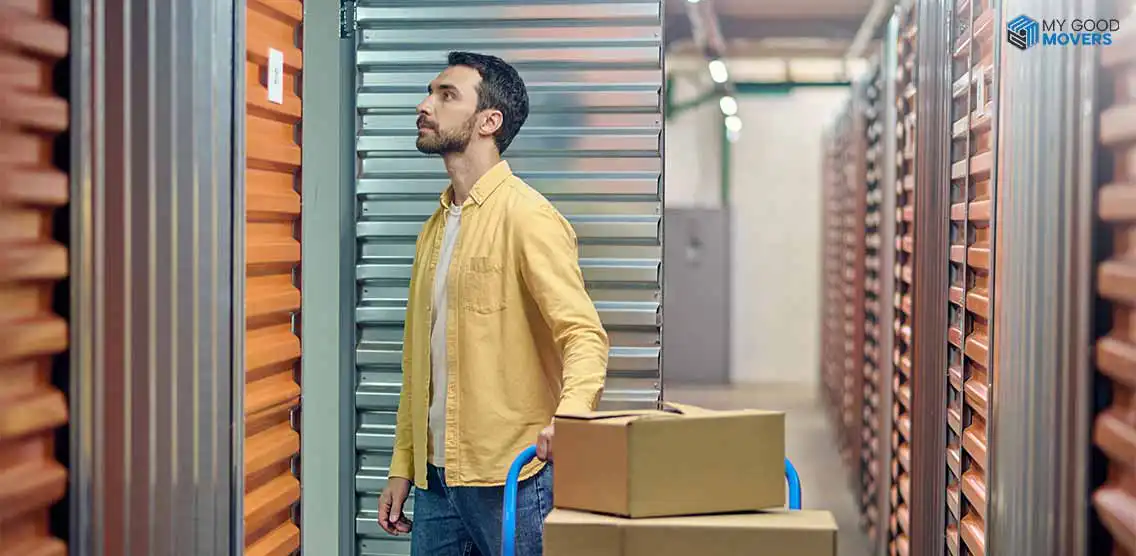
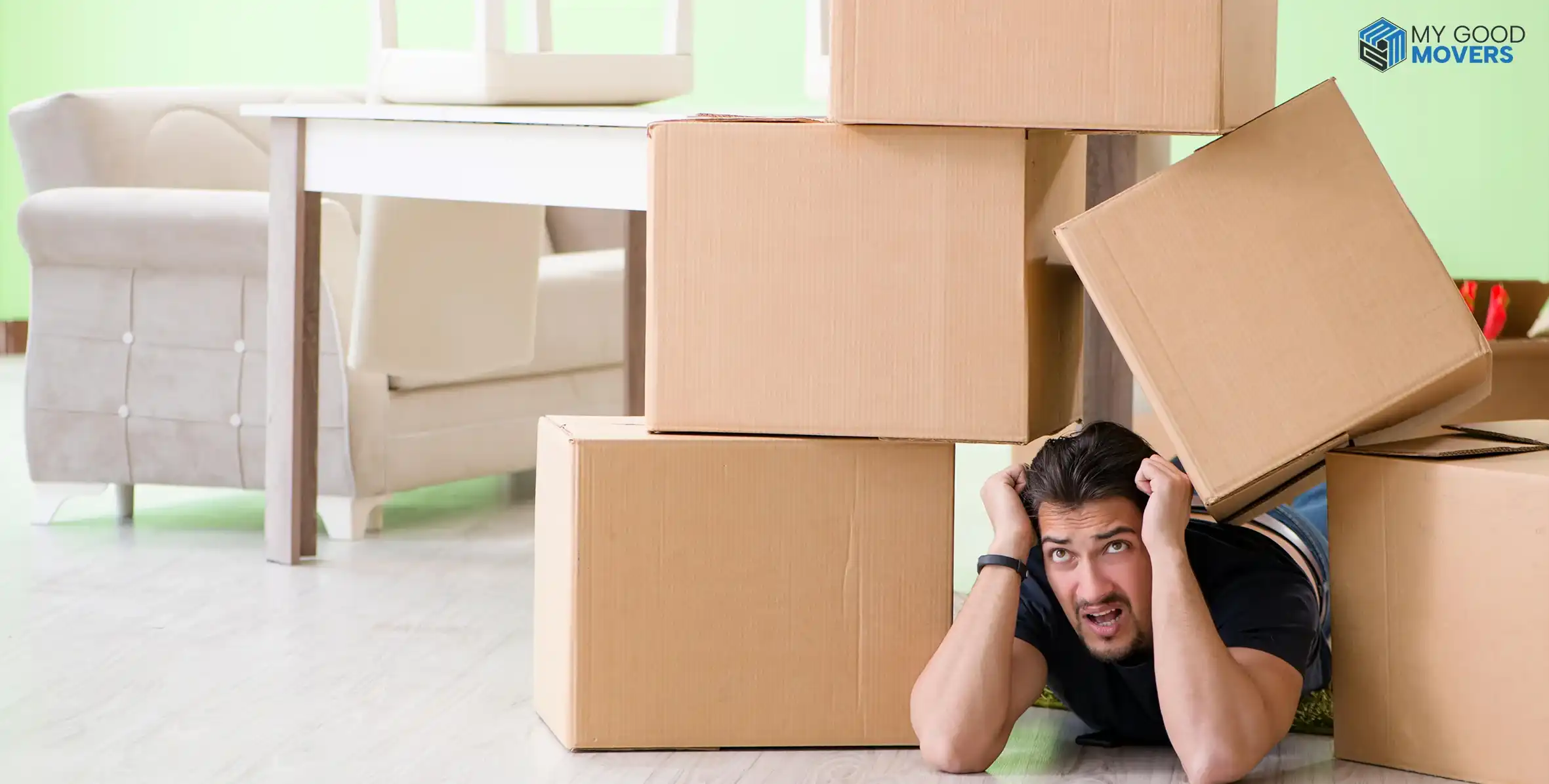

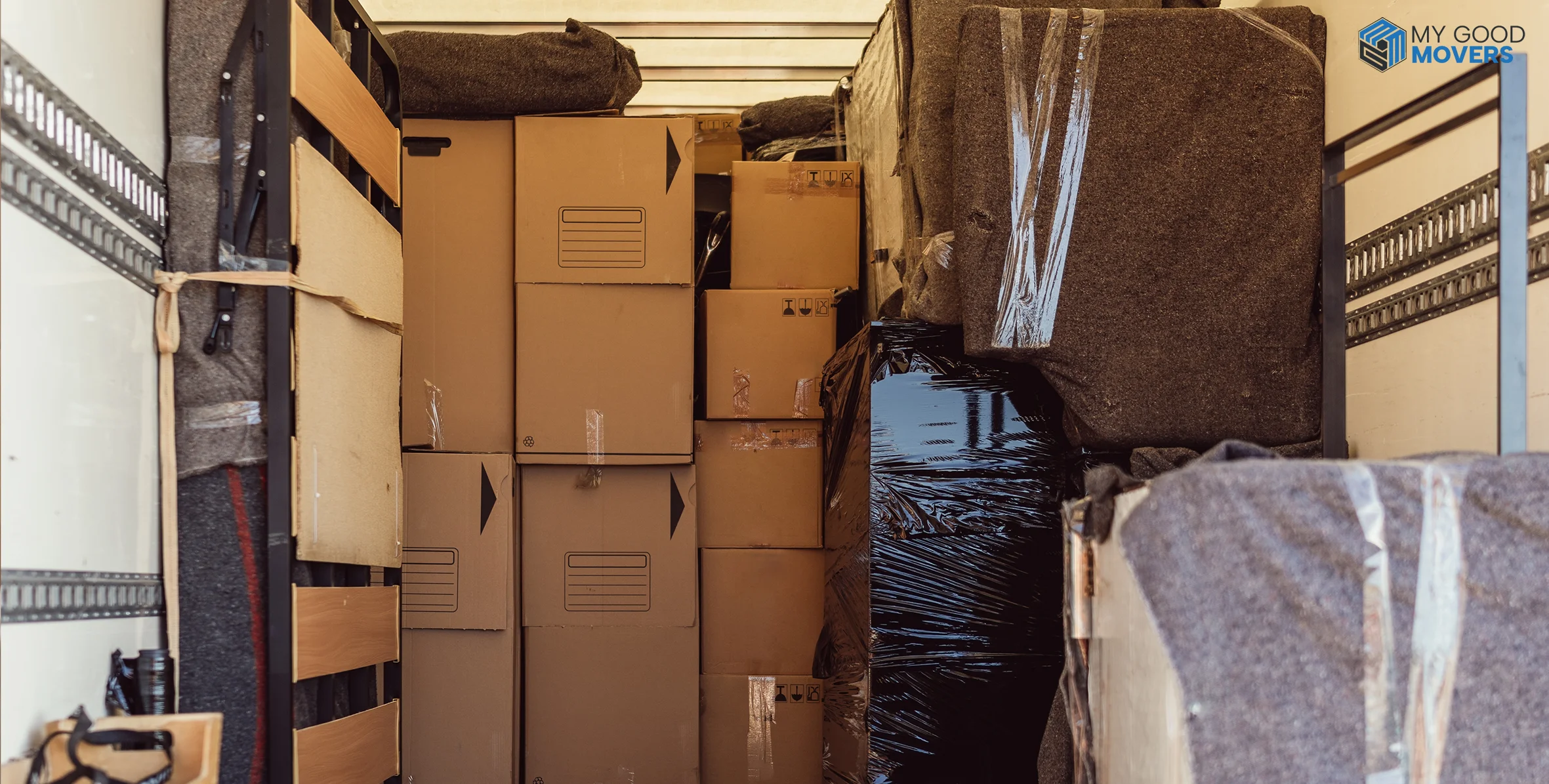
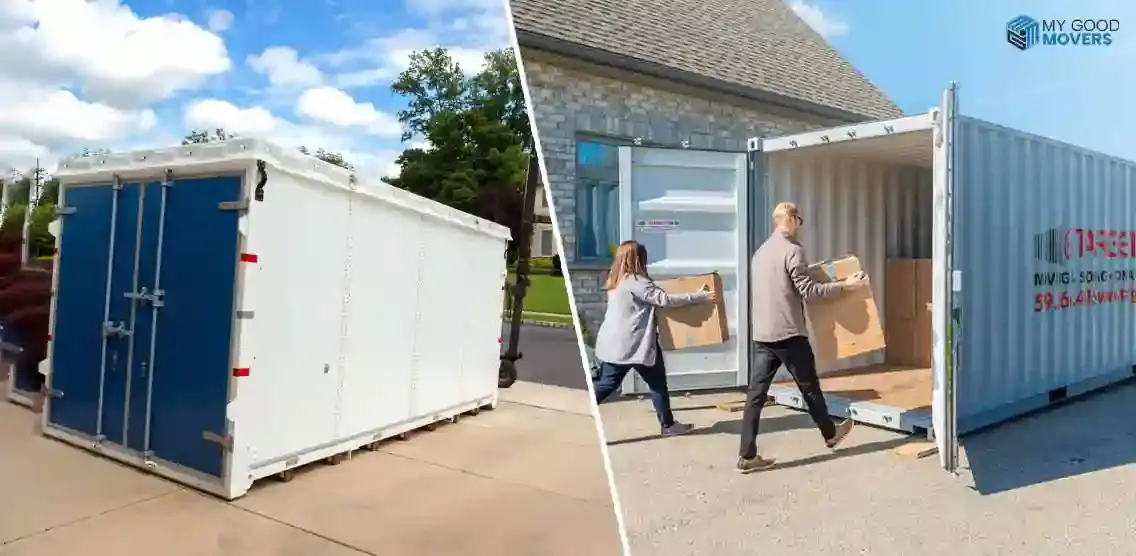



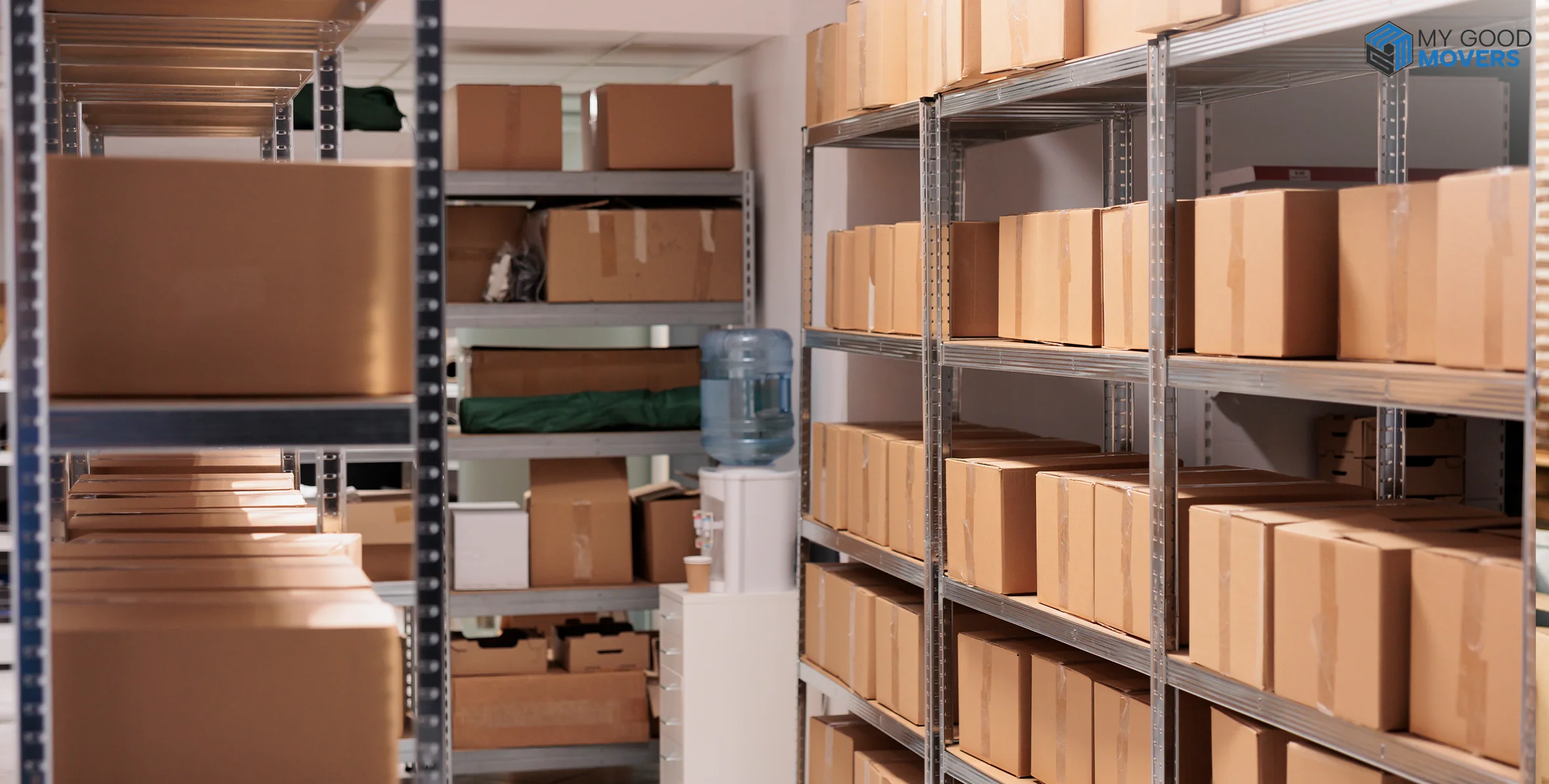




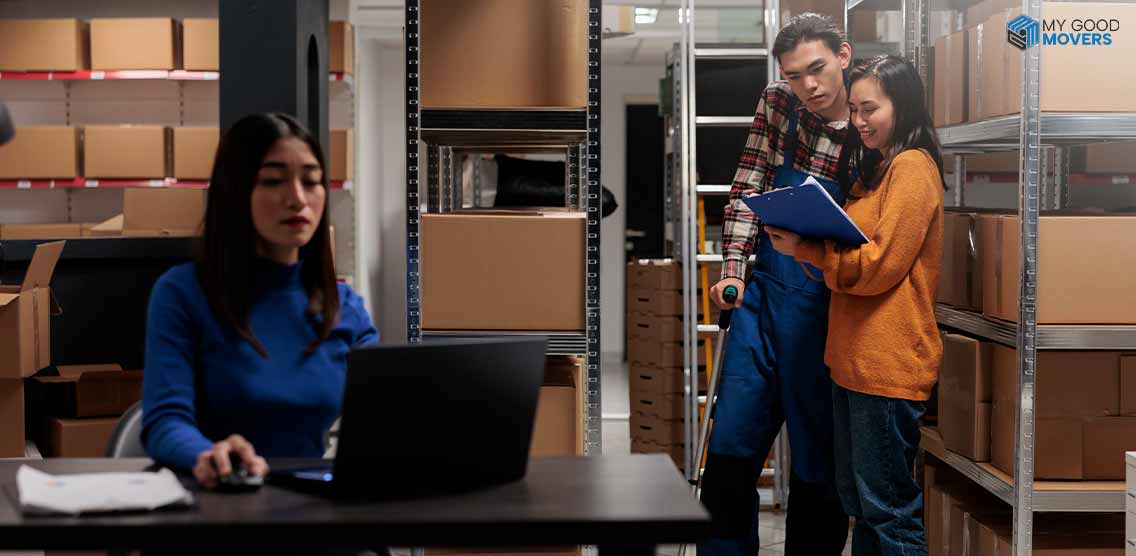
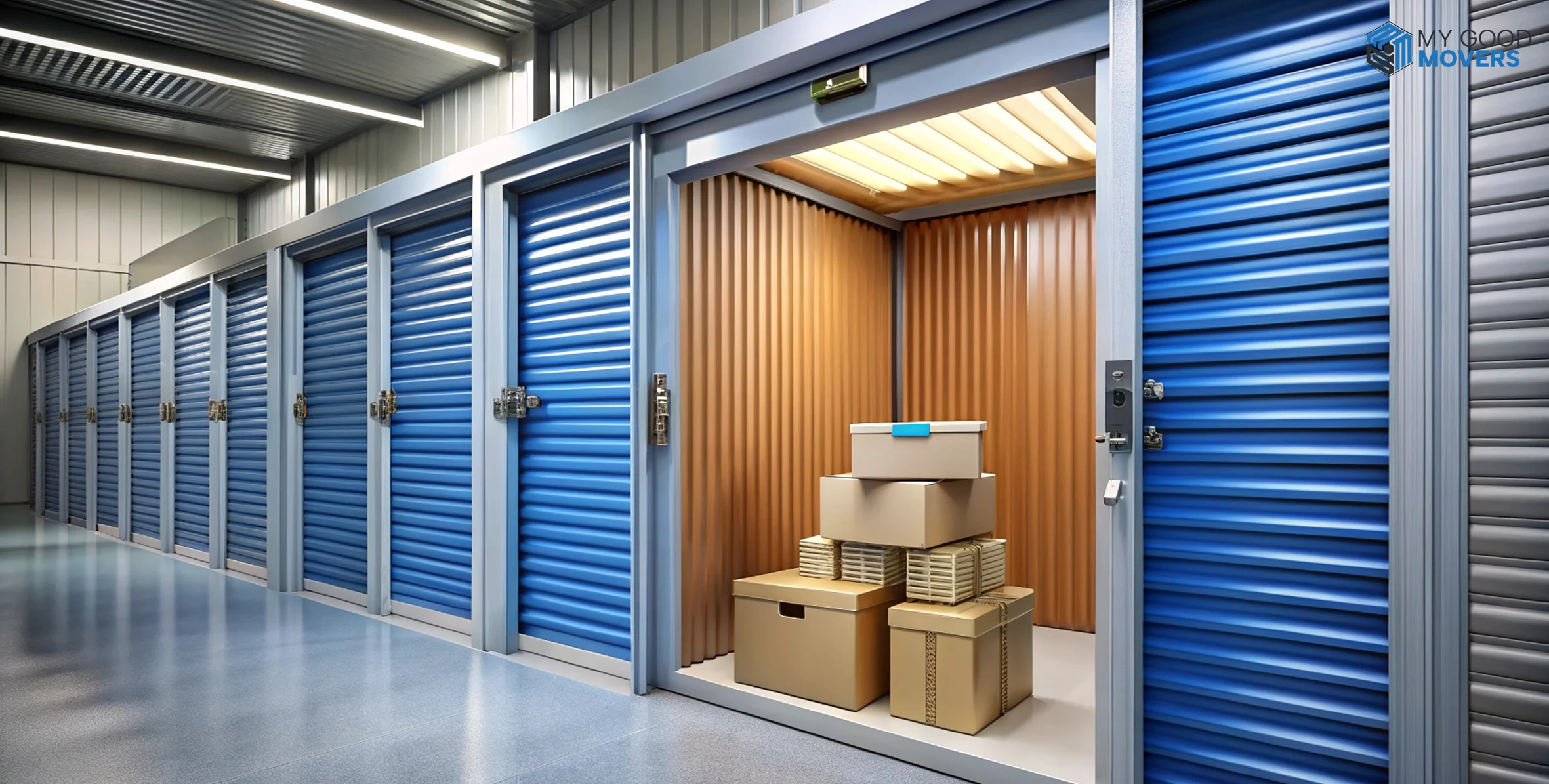
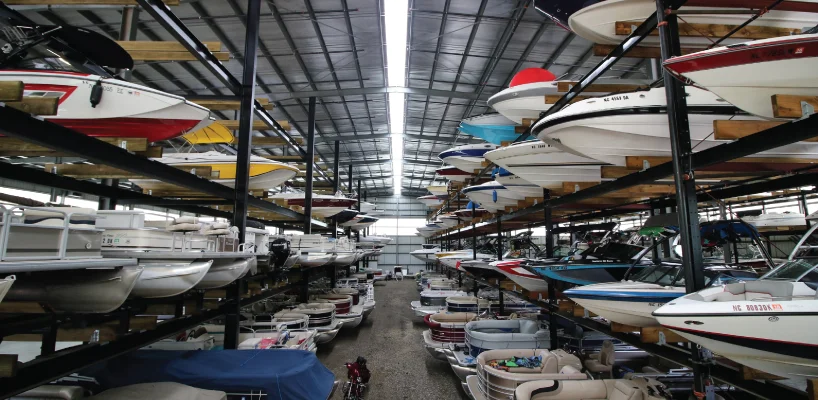

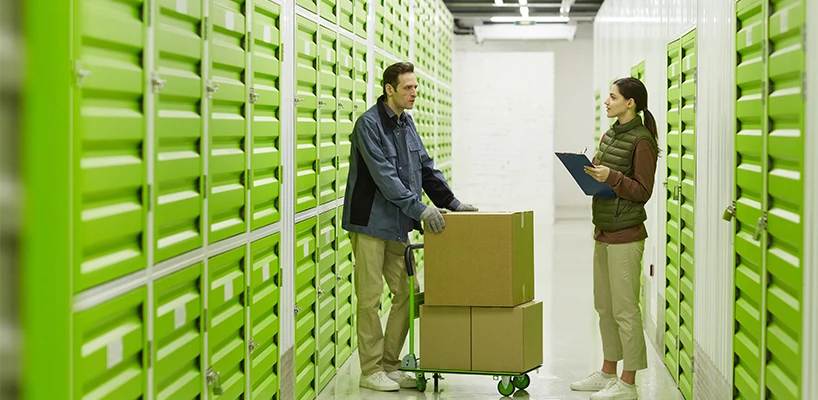
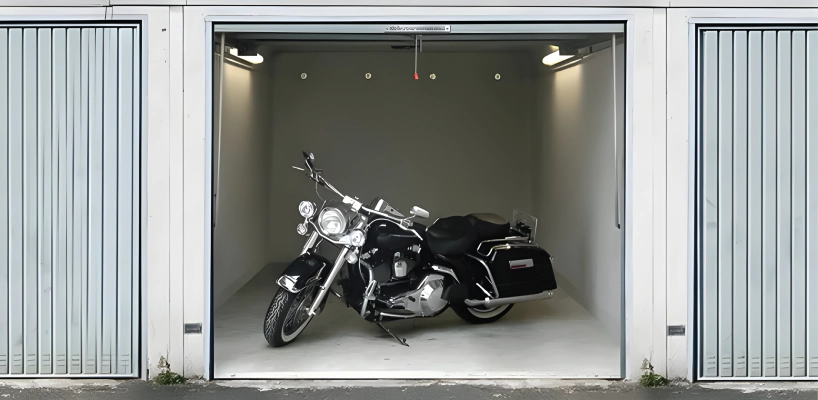

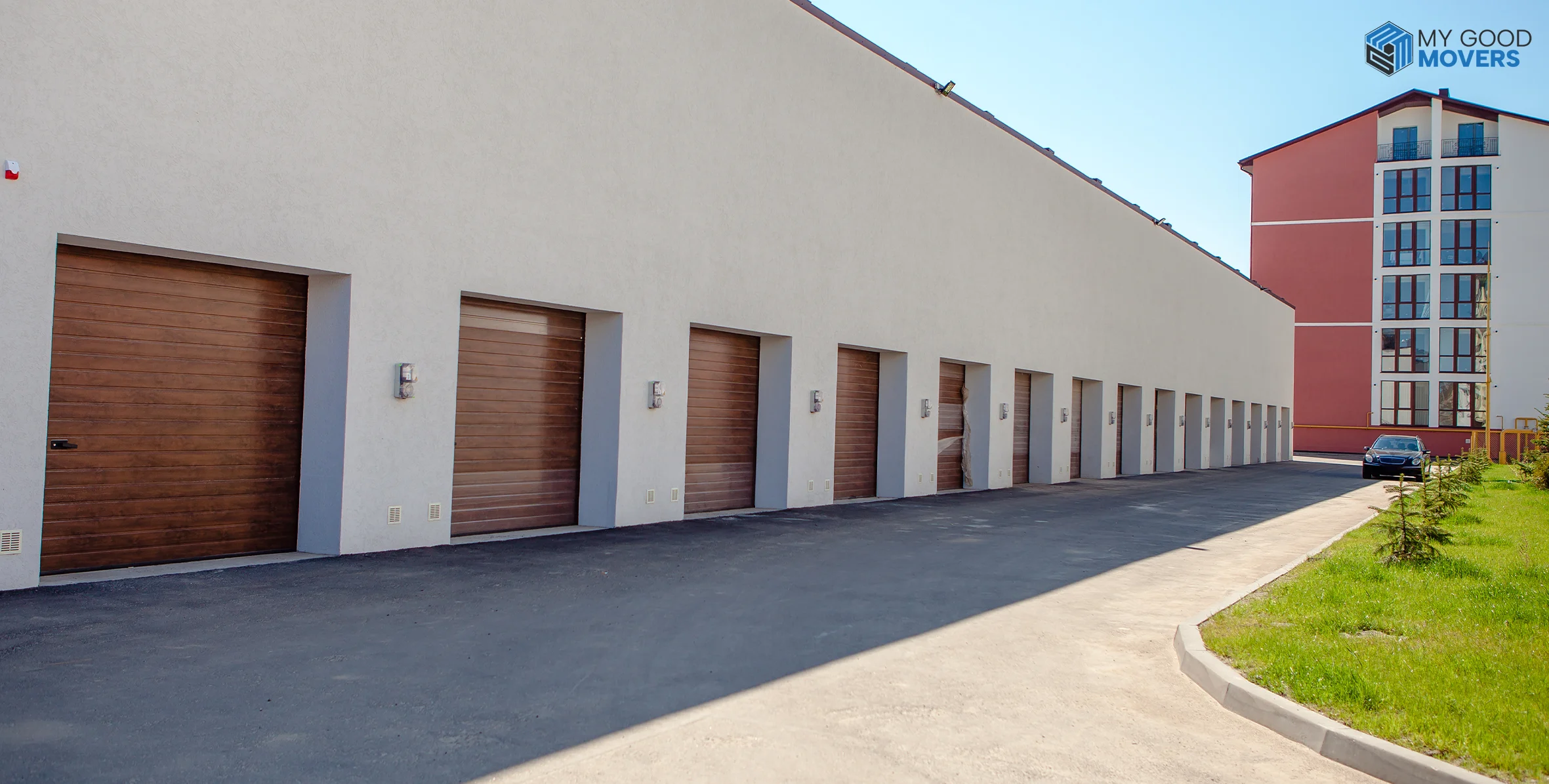
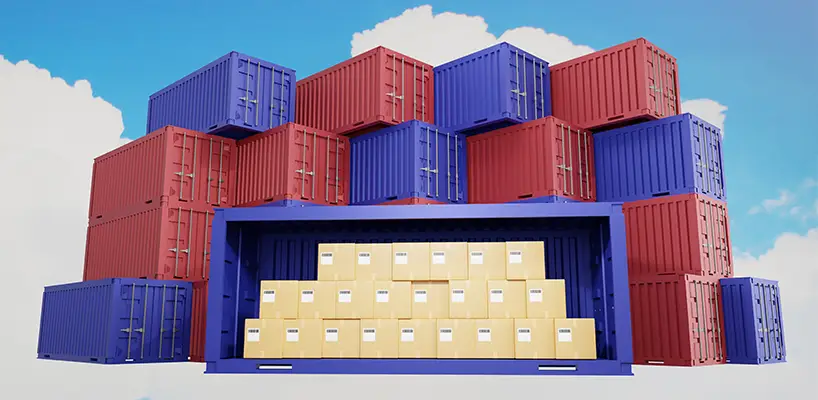


 (239) 799–6077
(239) 799–6077